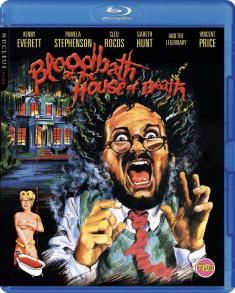Necropolis
Overview -
Developed by Harebrained Schemes, 'Necropolis' is a dungeon crawler with procedurally generated levels. The game's combat takes cues from From Software's 'Souls' series, and its roguelike nature makes every death count. It was originally released in July on PC, and now makes its way onto consoles with an added playable character and new enemies.
Video Review

Despite hating a lot of design choices that Harebrained Schemes made, I do have to take my hat off to their artists. 'Necropolis' is filled with dozens of different monster designs, and they got cooler to look at the further I made it. Each floor also looks vastly different from the one before it, as I explored labyrinths filled with dinosaur skeletons to icy caverns. All of it looked gorgeous from beginning to end.
Sadly, the gorgeous enemy designs are often marred by some terrible animation. It gets particularly bad when foes are spotted from a distance, as sometimes they'll start moving as if they were in a stop motion film. It really takes away from what is otherwise a really great looking game
Audio Review

Sound design is another strong point of the experience, as monsters make some horrible sounding noises as they howl at the player. In fact, I had to stop playing with headphones on since I jumped at enemy shrieks several times, despite the game not trying to be scary. Music definitely takes a background to the sound of weapons clanging, but there's a really good ambient soundtrack laid underneath. It does a great job of adding to the atmosphere, without ever dictating the mood of the game.
Final Thoughts

'Necropolis' feels like an amalgamation of 'Dark Souls,' dungeon crawlers, and roguelikes. Sadly, it also seems to miss the mark on what is enjoyable about those games. The combat lacks variety, the randomized dungeon wasn't fun to explore, and technical issues keep it from ever feeling fair. If anything, it suffers from trying to do too much. When combined with the shocking exclusion of online matchmaking for cooperative play, I simply can't recommend it.












